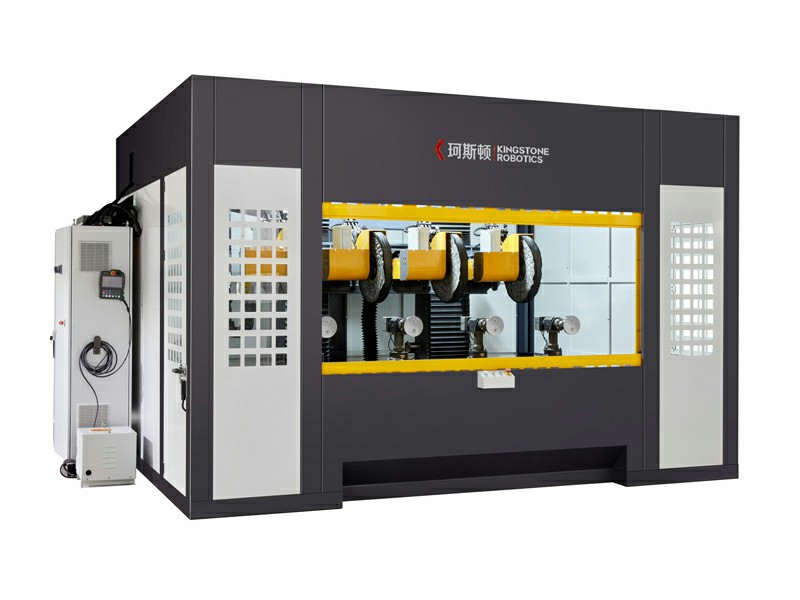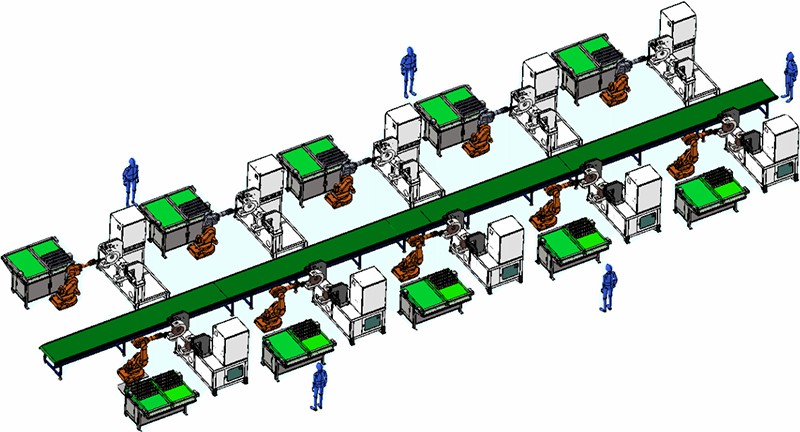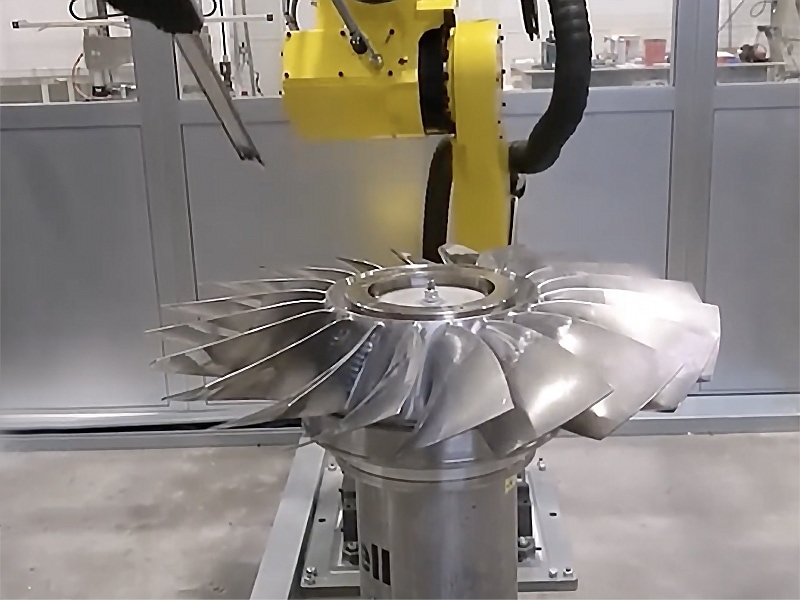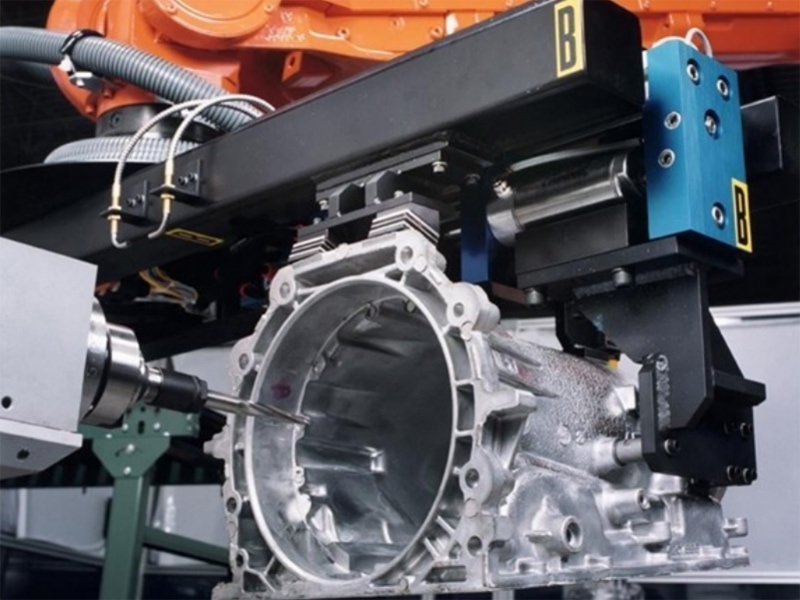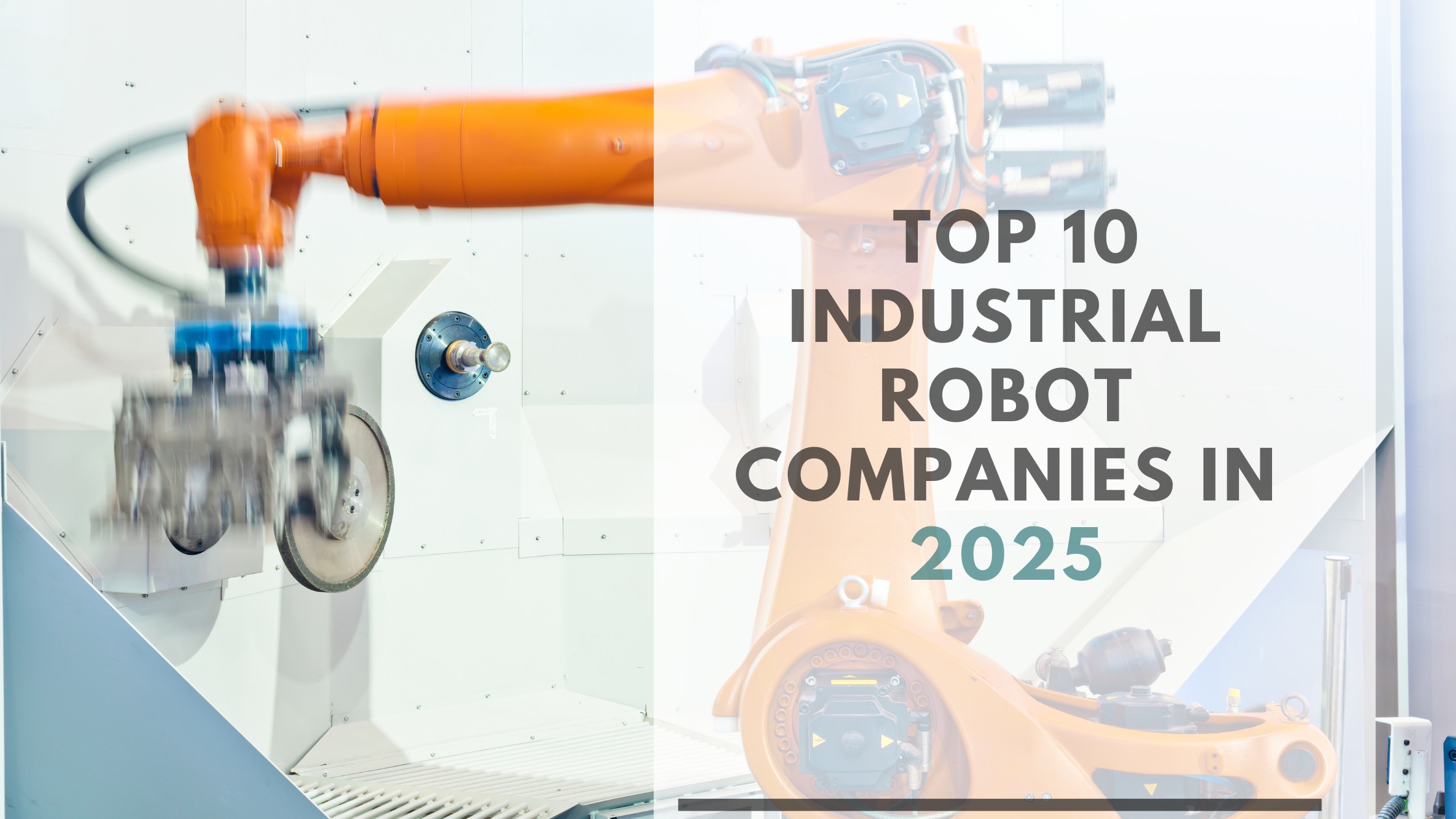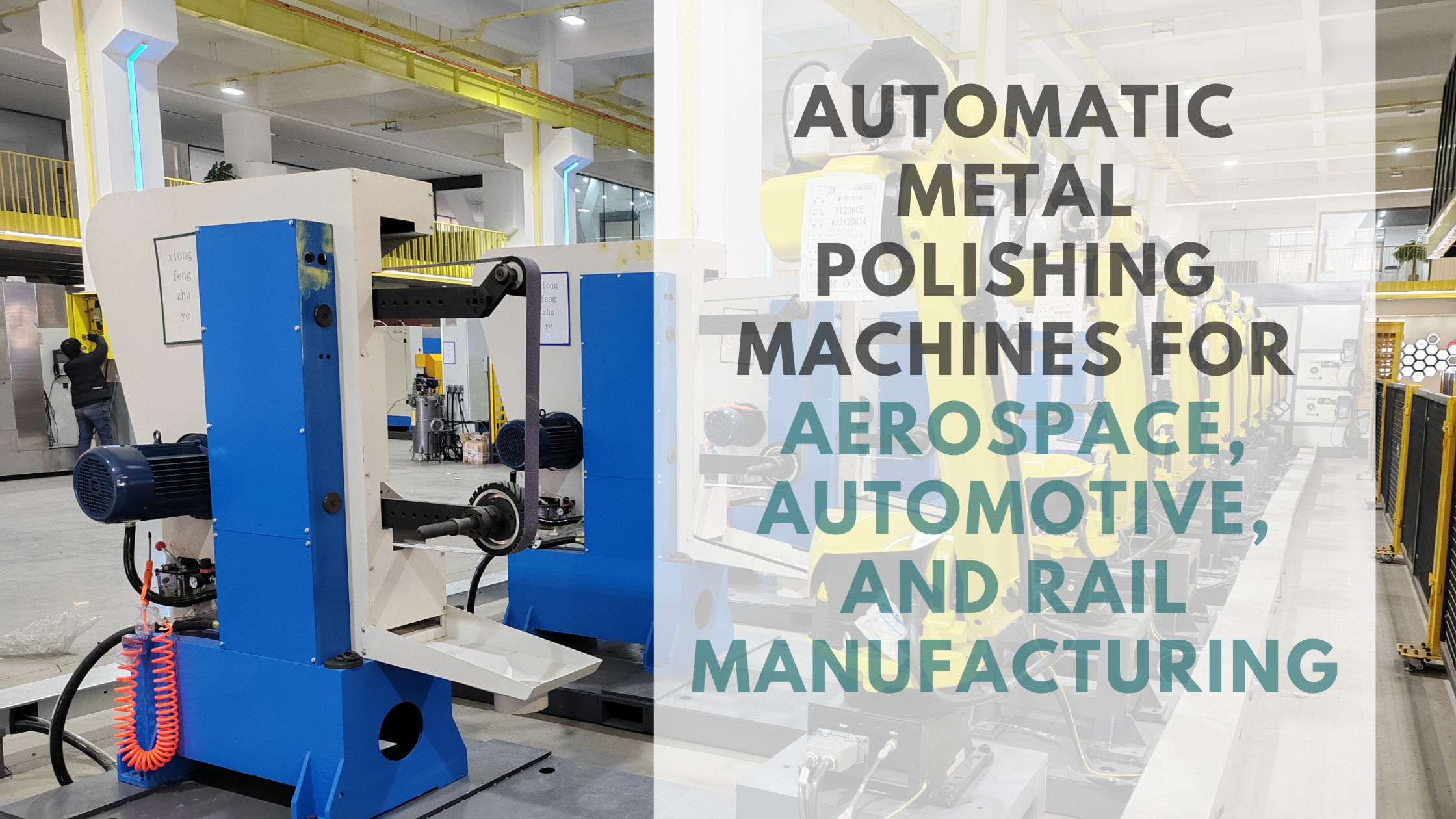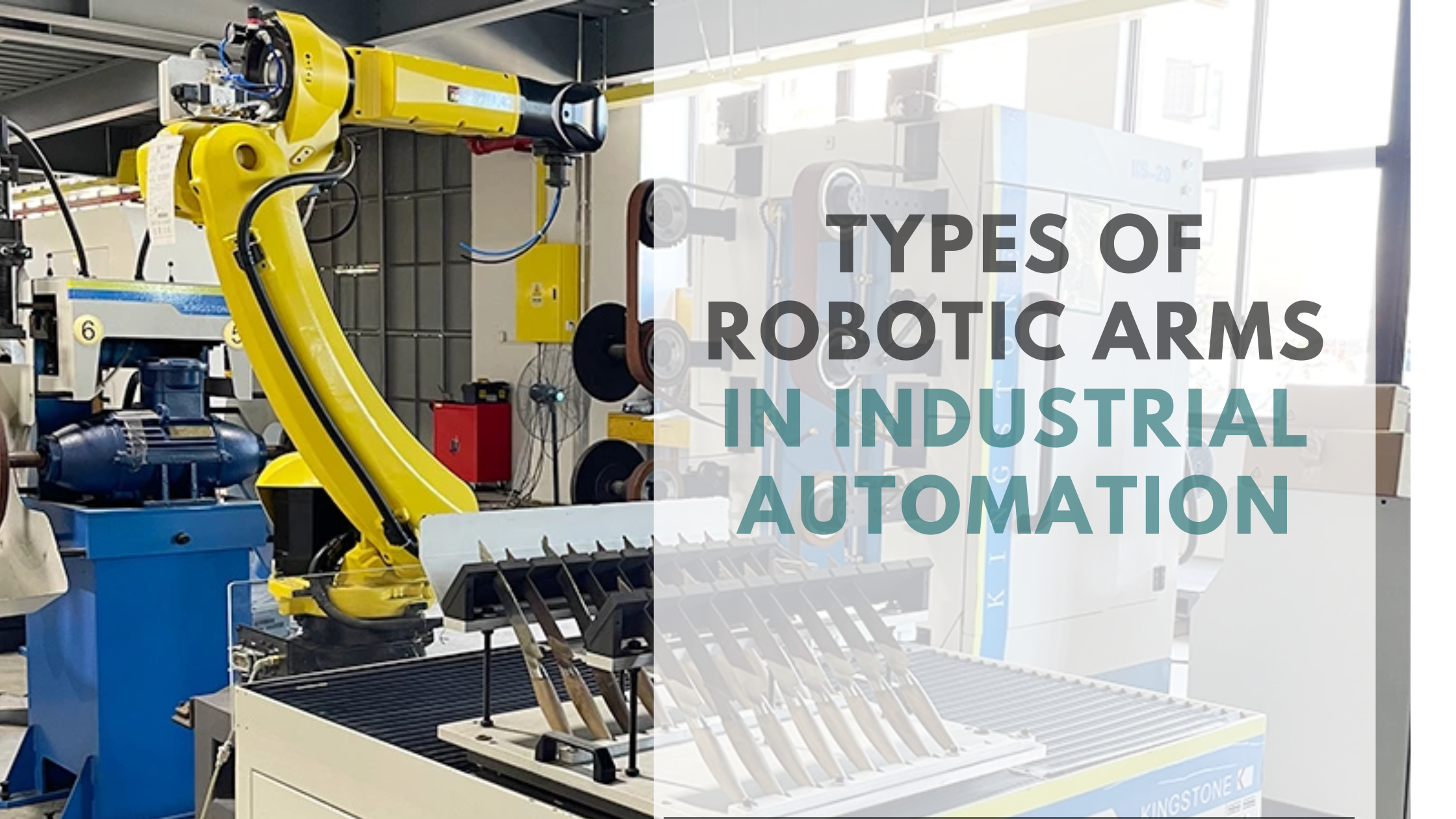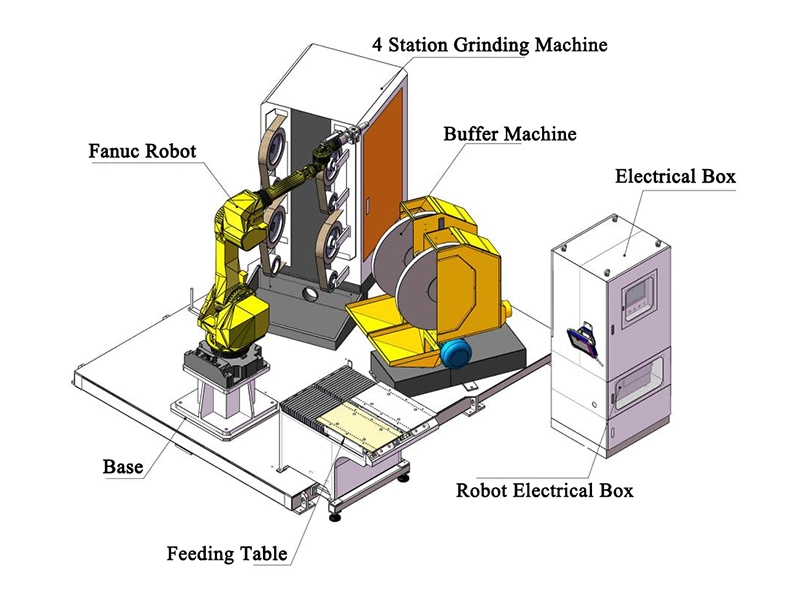10 Manufacturers Using Robotic Polishing Machine
As automation technologies evolve, robotic surface finishing has become an increasingly critical part of modern manufacturing. Polishing, grinding, and buffing robots are now used across industries to enhance productivity, ensure consistency, and meet strict surface finish standards. At Kingstone Robotics, we observe this transformation with deep interest. Below, we examine 10 manufacturers successfully using robotic polishing technologies to improve the quality, efficiency, and scalability of their operations.
1. Paradigm Electronics – High-End Loudspeakers
Paradigm Electronics, a Canadian producer of premium audio equipment, applies robotic polishing to the lacquered wood and composite surfaces of their loudspeaker cabinets. These surfaces require deep gloss and perfect uniformity, often demanding up to 12 coats of finish. Manual labor struggled to deliver consistency at scale, so automation was integrated to maintain even pressure and motion across curved surfaces. Robotic arms equipped with force sensors and variable-speed rotary tools now polish to a mirror finish, reducing errors and increasing throughput by over 40%.
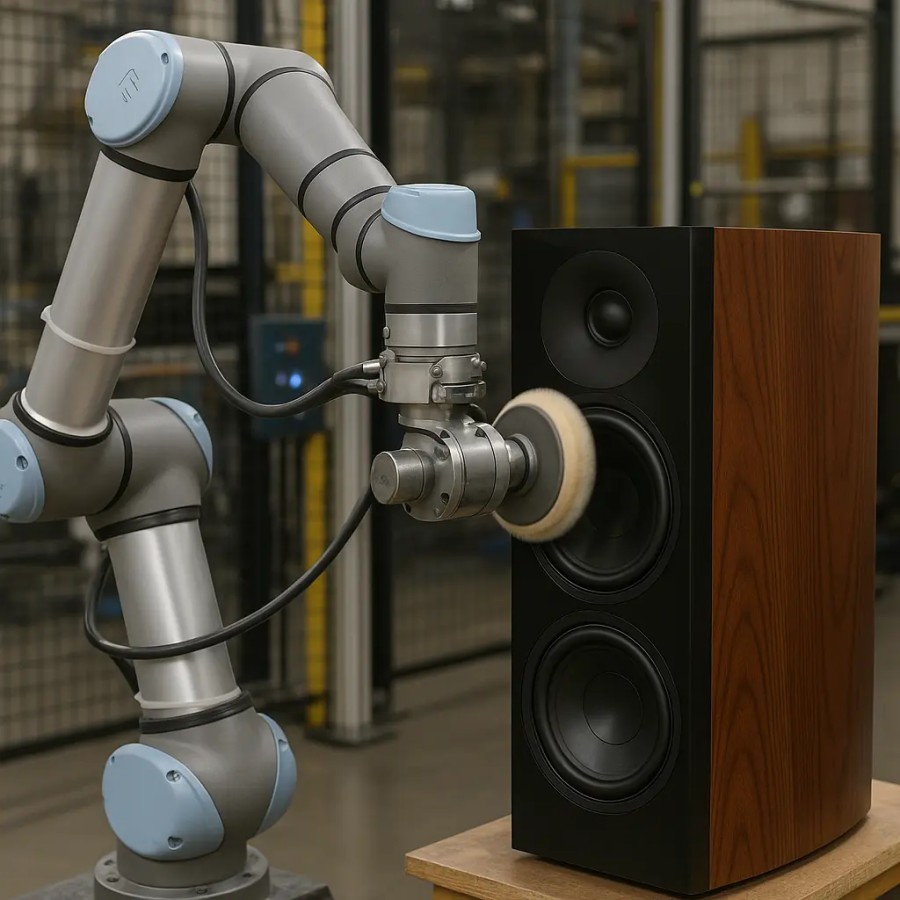
2. WMF – Stainless Steel Cookware Lids
German cookware brand WMF relies on robotic buffing systems to finish the stainless-steel lids of pressure cookers and saucepans. Stainless steel is prone to fingerprinting and scratches if not polished to a smooth, satin finish. WMF’s robots apply buffing compounds in circular motions, achieving surface consistency while removing oxidation and tooling marks. This not only enhances aesthetics but also improves the corrosion resistance and cleanability of the product.

3. Boeing – Aerospace Components
In the aerospace sector, Boeing employs robotic polishing on composite and metallic airframe components, including wing spars and fuselage skins. These components require ultra-smooth surfaces to reduce aerodynamic drag and improve structural fatigue resistance. Robotic systems are programmed with CAD-based path planning to follow complex contours while dynamically adjusting force and speed. This reduces surface microfractures and stress concentrators, critical in high-performance aerospace environments.

4. Rolex – Luxury Watch Housings
Luxury watchmaker Rolex uses automated polishing cells to finish stainless steel and precious metal casings. These parts require different finishes on each surface: mirror polish on bezels, satin finish on bracelet links, and precision edge transitions. Robots operate in multi-step stages, using different abrasive wheels and buffing pastes. The automation ensures that each unit meets Rolex’s meticulous quality standards, which were historically maintained by only the most skilled human craftsmen.
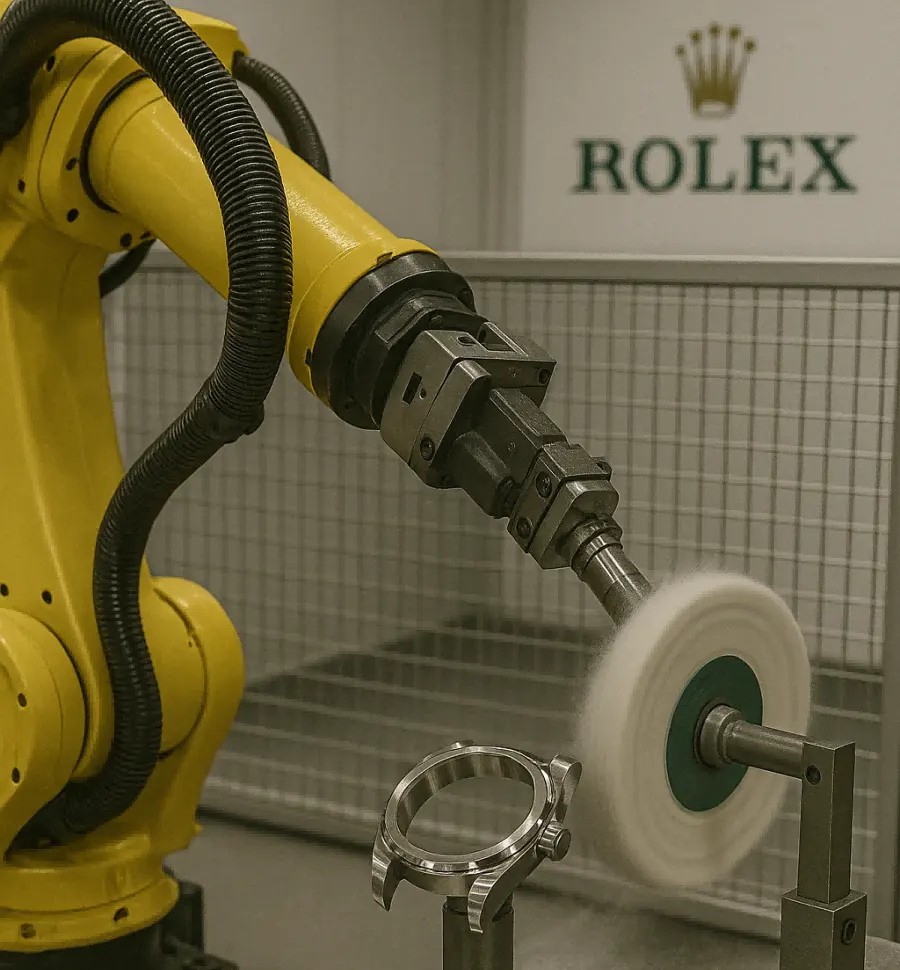
5. STE – Tanker Trailer Surfaces
Wisconsin-based STE manufactures stainless-steel tank trailers for chemicals and food-grade liquids. The external surface of these tankers is polished to a reflective finish for branding, hygiene, and corrosion resistance. Given the size and curvature of the tanks, two large robotic arms polish the cylindrical shells using abrasive belts and wheels. Manual polishing was inefficient and inconsistent; robotic polishing now reduces cycle time by 35% while eliminating repetitive strain injuries among workers.

6. Saint-Gobain – Architectural Glass Panels
French building materials manufacturer Saint-Gobain uses robotic polishing for flat and curved architectural glass products. Scratches and wave distortions from earlier grinding stages are removed through controlled polishing. Robots ensure consistent pressure and dwell time, critical for eliminating defects without inducing stress into the glass. The automation has helped increase output by over 20% while reallocating workers to quality control and logistics.
7. Walmart – Retail Floor Buffing
While not in manufacturing, Walmart’s use of autonomous polishing robots in stores is worth noting. Thousands of locations use robotic floor buffers to maintain shine and hygiene across large retail areas. Each robot navigates using SLAM (Simultaneous Localization and Mapping), applies consistent downforce, and runs during off-hours. This frees up staff for higher-value customer-facing tasks and demonstrates how even daily maintenance is being redefined by robotics.
8. Volkswagen – Automotive Body Panels
Volkswagen integrates robotic polishing within their automotive paint shops. After the final clear coat is applied, robots polish body panels—doors, hoods, roofs—with ultra-fine abrasives to remove orange peel, dust particles, and surface waviness. The result is a flawless mirror finish expected of modern vehicles. Automation reduces rework rates by 50%, shortens paint line bottlenecks, and ensures uniformity across production batches.
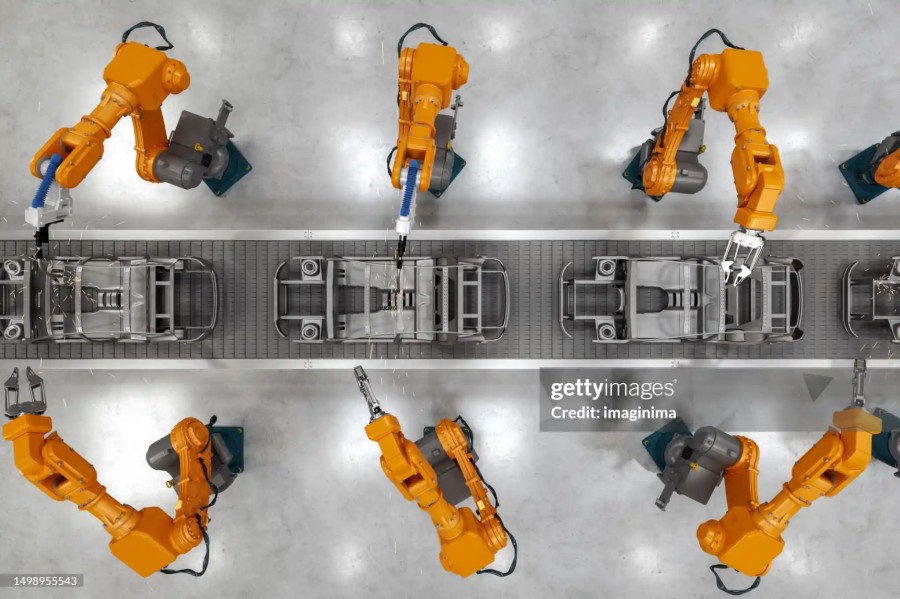
9. Professional Finishing – Medical Device Enclosures & Audio Housings
Professional Finishing, based in California, specializes in enclosures for audio equipment and medical devices. Their use of robotic sanding and buffing targets aluminum and ABS enclosures, which must meet both aesthetic and hygienic standards. Robots operate in fume-ventilated cells and switch between grits and compounds automatically. Precision polishing here prevents microbial buildup and supports stringent FDA compliance.
10. Santoni – Polishing Luxury Leather Footwear
Italian luxury shoemaker Santoni automates part of its high-end leather shoe finishing process using robotic manipulators. Shoes are mounted on rotating jigs while robotic arms apply wax and polish using soft bristle brushes. Force feedback sensors prevent over-polishing or heat buildup. The blend of robotic and artisanal techniques allows for both scalability and the preservation of traditional quality.
Key Takeaways
These examples highlight how robotic polishing and surface finishing are being applied not just in heavy industry, but also in luxury goods, medical devices, and retail. Each implementation tackles unique material, geometry, and quality challenges. What they all share is:
- Consistency: Repeatable quality regardless of operator or shift
- Efficiency: Shorter cycle times and lower labor costs
- Safety: Reduced ergonomic risks for workers
- Precision: Programmable pathing and force control
At Kingstone Robotics, we believe this trend is accelerating. More companies now recognize the strategic value of automated surface finishing—not just as cost control, but as a lever for quality, branding, and operational excellence.
References
- Paradigm Electronics case study via Universal Robots: https://www.universal-robots.com/case-stories/paradigm-electronics/
- Robotiq article on WMF, Santoni, Saint-Gobain: https://blog.robotiq.com/7-companies-that-are-using-polishing-and-buffing-robots
- Boeing robotics publication: https://www.boeing.com/content/dam/boeing/boeingdotcom/features/innovation-quarterly/aug2017/BTJ_corobotic_FULL.pdf
- Rolex watchmaking insights: https://forums.timezone.com/index.php?t=tree&th=1230731
- STE profile on Bulk Transporter: https://www.bulktransporter.com/
- Volkswagen paint shop automation: https://www.volkswagen-newsroom.com/en/press-releases
- Walmart robotic cleaning: https://chainstoreage.com/store-spaces/walmart-expands-use-of-robotic-floor-scrubbers
- Professional Finishing and Wired feature: https://www.wired.com/story/the-tale-of-the-painting-robot-that-didnt-steal-anyones-job
- Vogue Business article on Santoni: https://www.voguebusiness.com/story/fashion/made-in-corridonia-how-santoni-grew-from-shoe-manufacturer-to-luxury-brand
- Saint-Gobain Robotiq case: https://robotiq.com/resource-center/case-studies/saint-gobain

